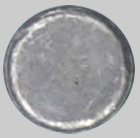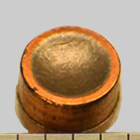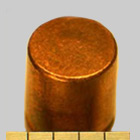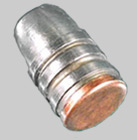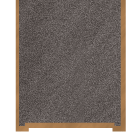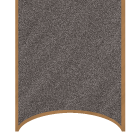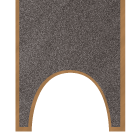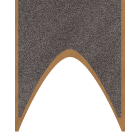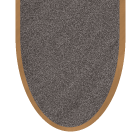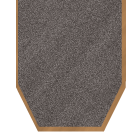Home | Glossary | Resources | Help | Contact Us | Course Map
Archival Notice
This is an archive page that is no longer being updated. It may contain outdated information and links may no longer function as originally intended.
Base Construction
Base construction is a feature relating to all types of both plain lead and jacketed bullets.
Examples include the following:
- Solid base bullet composed of one material with no jacketing
- Open base - jacketed bullet with the core exposed
- Jacketed solid base - jacketed bullet with the core enclosed
- Gas check bullet - composed of a lead bullet with a shallow copper alloy cup fitted to the base
Base Shape
There are many systems for describing the geometry of the base of bullets; the most common variations include these:
- Flat base
- Stepped recess
- Concave recess
- Parabolic concave recess
- Conical recess
- Truncated conical recess
- Concave recess with convex protrusion in the center
- Convex base
- Conical convex base
- Parabolic convex base
- Truncated base bullet
More information regarding base shape can be found in the FBIs General Rifling Characteristics database.
Additional Online Courses
- What Every First Responding Officer Should Know About DNA Evidence
- Collecting DNA Evidence at Property Crime Scenes
- DNA – A Prosecutor’s Practice Notebook
- Crime Scene and DNA Basics
- Laboratory Safety Programs
- DNA Amplification
- Population Genetics and Statistics
- Non-STR DNA Markers: SNPs, Y-STRs, LCN and mtDNA
- Firearms Examiner Training
- Forensic DNA Education for Law Enforcement Decisionmakers
- What Every Investigator and Evidence Technician Should Know About DNA Evidence
- Principles of Forensic DNA for Officers of the Court
- Law 101: Legal Guide for the Forensic Expert
- Laboratory Orientation and Testing of Body Fluids and Tissues
- DNA Extraction and Quantitation
- STR Data Analysis and Interpretation
- Communication Skills, Report Writing, and Courtroom Testimony
- Español for Law Enforcement
- Amplified DNA Product Separation for Forensic Analysts


